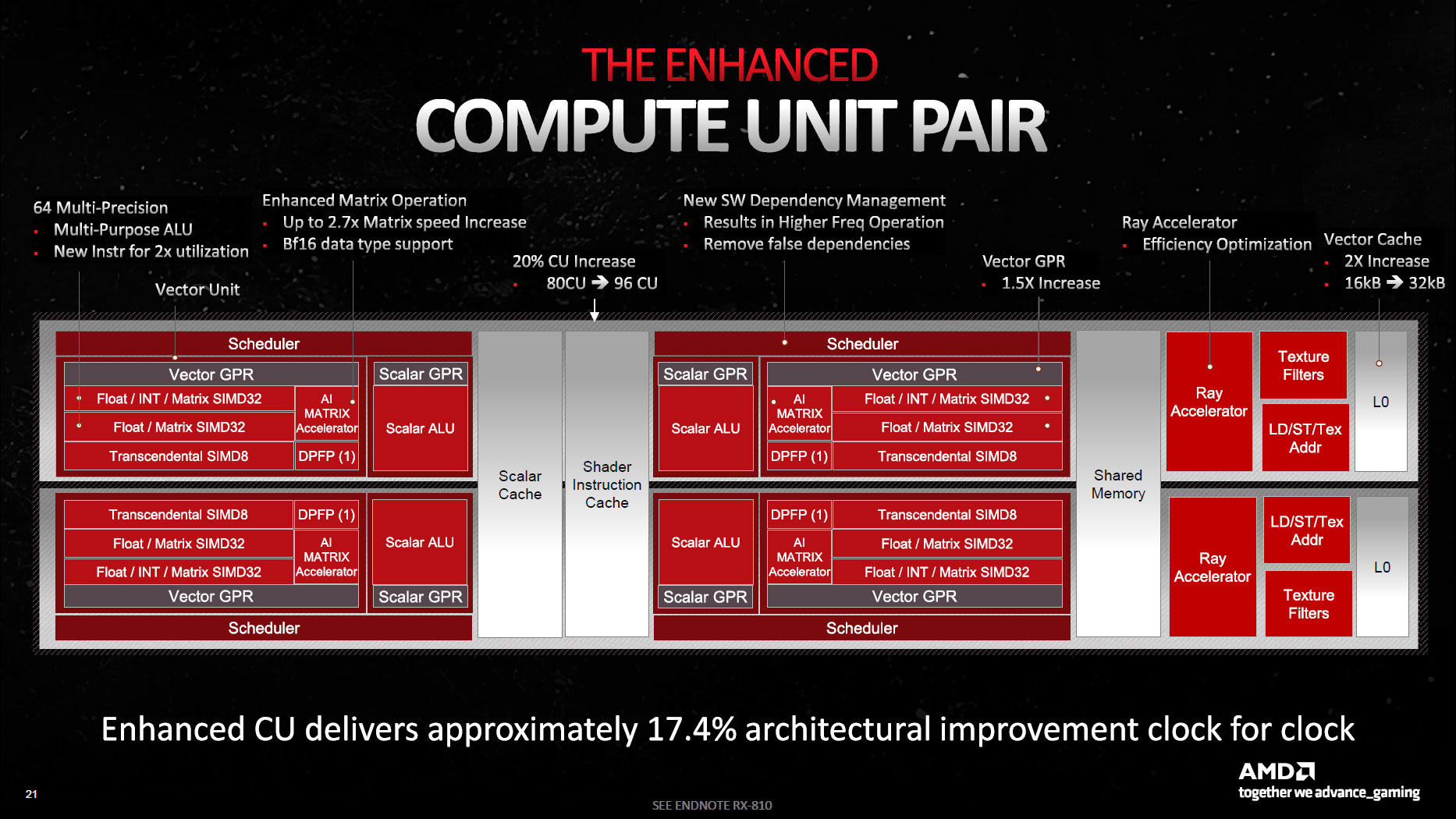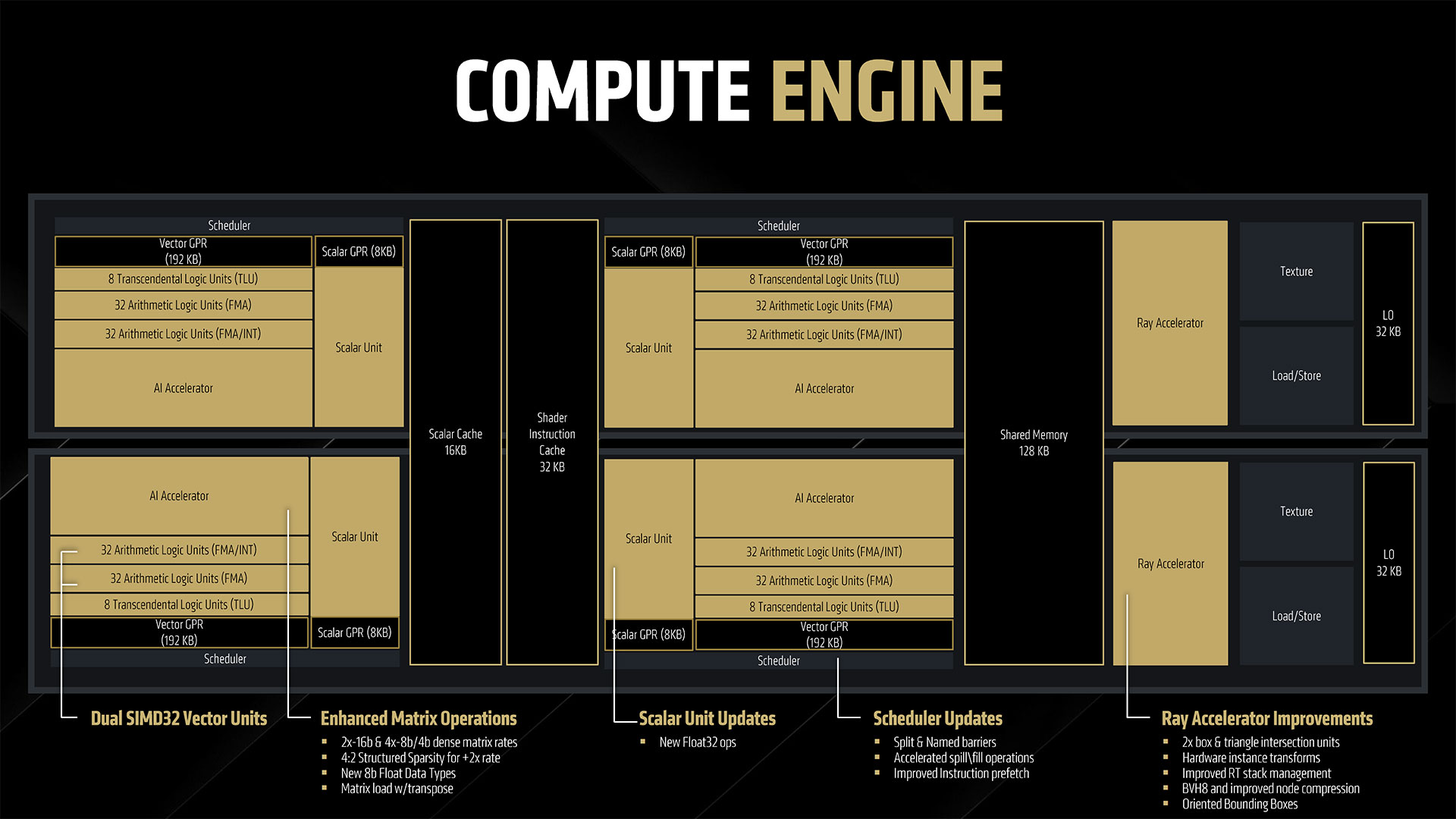tusharngf
Member
New details surrounding AMD's next-gen RDNA 5 "Radeon" gaming GPUs suggest a total of 128 cores per compute unit & over 12K on the top die.
AMD's RDNA 5 "Radeon" Gaming GPUs Rumored To Pack 128 Cores Per Compute Units, Over 12K Cores For The Flagship Configuration
According to the latest information posted by Chiphell's forum member, ZhanZhongHao, it looks like AMD's RDNA 5 GPUs will feature a total of 128 cores per compute unit. This is a drastic increase versus the existing RDNA 4 GPUs, which feature a total of 64 cores per compute unit.As per the previous details, AMD is expected to launch at least four GPU die configurations based on its RDNA 5 graphics architecture. These will be featured within the Radeon and Radeon PRO families. These include a top-tier die with 96 compute units, a mid-tier die with 40 compute units, a low-end die with 24 compute units, and an entry-level die with just 12 compute units.

Based on the 128 cores per compute unit configuration, we should be looking at the following core counts for each respective die:
- RDNA 5 Top Die: 96 CUs / 12,288 Cores
- RDNA 5 Mid Die: 40 CUs / 5,120 Cores
- RDNA 5 Low Die: 24 CUs / 3,072 Cores
- RDNA 5 Entry Die: 12 CUs / 1,536 Cores
AMD made a lot of changes with its market positioning of the RDNA 4 series. The lineup only offered two dies, and went with a monolithic route, which made it more economical to manufacture, resulting in better supply than the prior RDNA 3 generation, which had some issues keeping up with supply in the early months due to its chiplet nature. Going with chiplets did have benefits from an economic point of view, but also required advanced packaging, which led to slight manufacturing delays.
Meanwhile, the RDNA 5 GPU architecture & lineup looks very similar to AMD's RDNA 2 generation, which also featured a total of four dies, scaling from 80 CUs down to 16 CUs. In a sense, RDNA 5 will be doubling the core count of Navi 31, which was the last flagship GPU with 6144 cores. This will also be a 3x increase versus the Navi 48 (RDNA 4) GPU.
Full article: https://wccftech.com/amd-next-gen-r...ck-over-12k-cores-128-cores-per-compute-unit/




